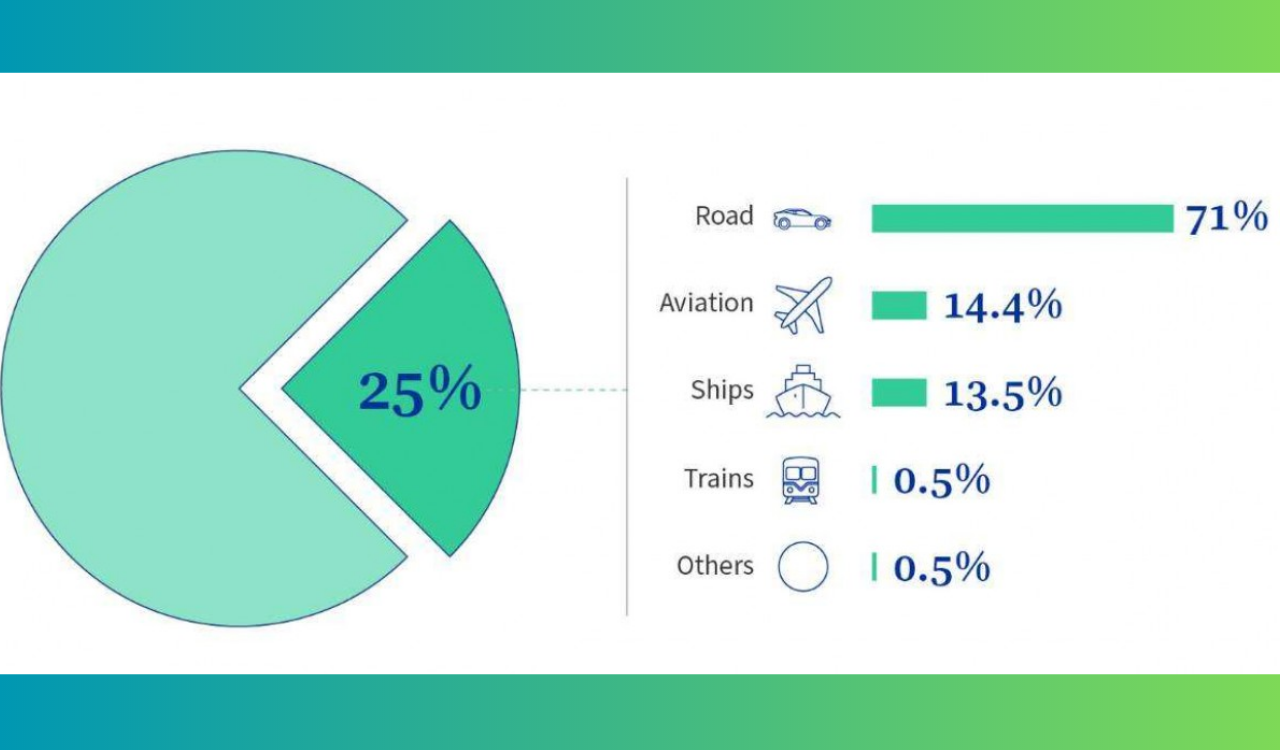The Council of the European Union has recently adopted a law that would enable to see countries to canvas the Trans-European Transport Network (TEN-T) with fast chargers at 60km intervals. This would significantly eliminate range anxiety among major cities. The range. The range is applicable from Portugal to Finland and in between regions.
The regulation would be effective from December 31 2025 onward. Whereby, charging stations will tend to offer at least one point with 150kW of power and at least 400kW of total output respectively. Apart from this, this would further raise to 600kW by December 31 2027 onward. Although, the individual charging point needed will remain the same at 150kW.
The minimum requirement indicates that there will no longer be stations marketed as 150kW. On the other hand, creating the charging network will require time. The essential deployment is for at least 50% of the inclusive roads with respect to the TEN-T by the end of 2027. Additionally, the complete deployment will tend to happen by the end of 2030.
While the other major part of the regulation needs that the charging station has ad-hoc enabled payments via cards or contactless devices. While it does not require any subscription. Furthermore, all the operators will need to clearly list their prices. They also require to provide wait times along with charger availability via electronic means.
This is a big part of the EU’s “Fit for 55” package. The primary motive for this is to lower the bloc’s greenhouse emissions by 55% before 2030. Also, to achieve climate neutrality by 2050. The EU approximates that Transportation accounts for 25% of the bloc’s greenhouse emissions and 71% of that is due to road cars.























































